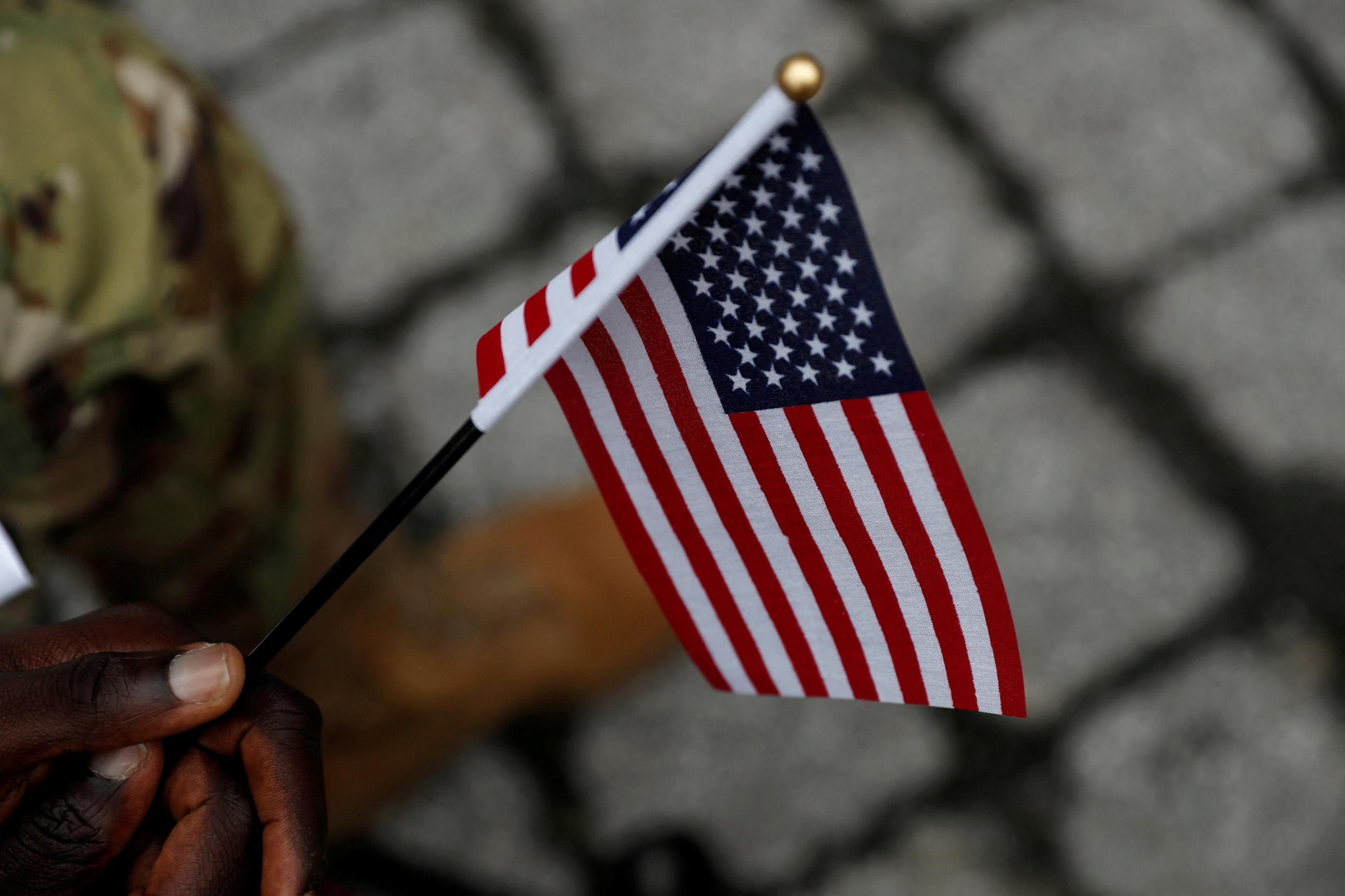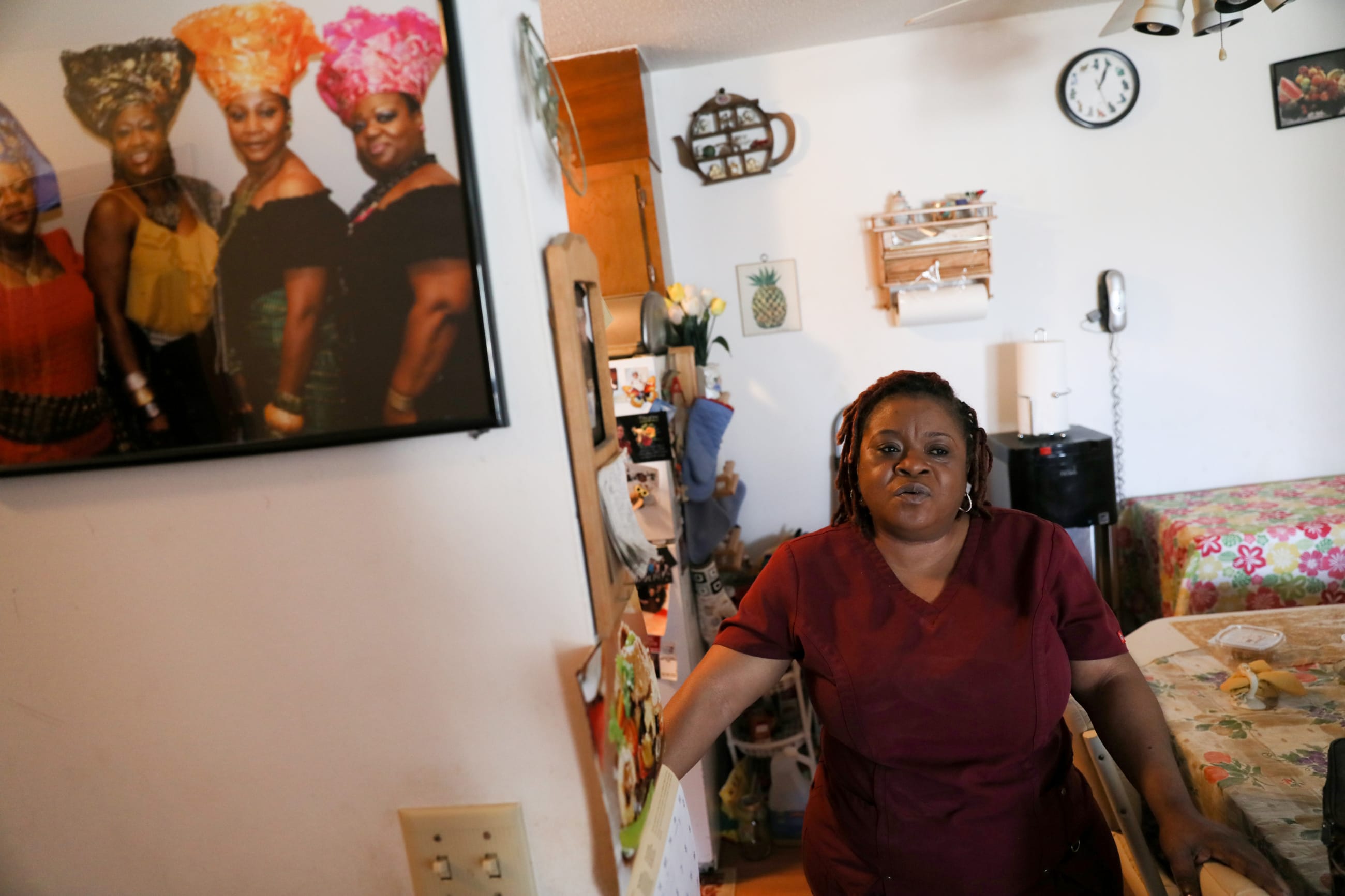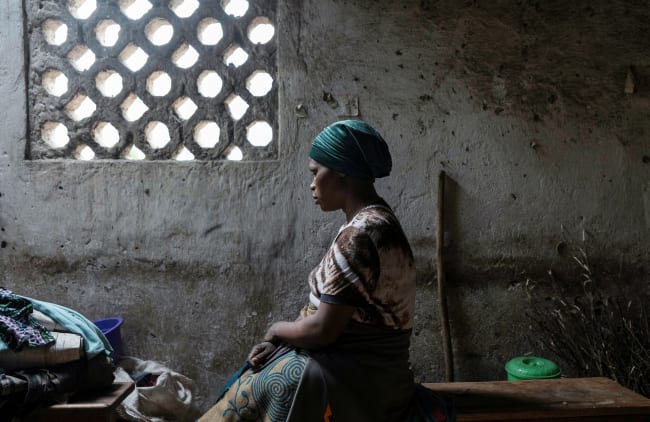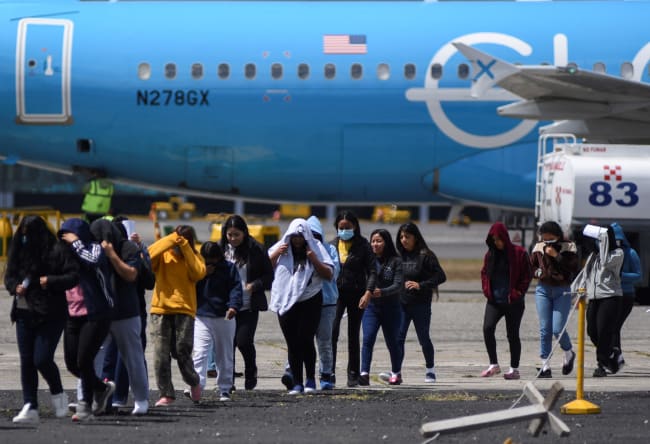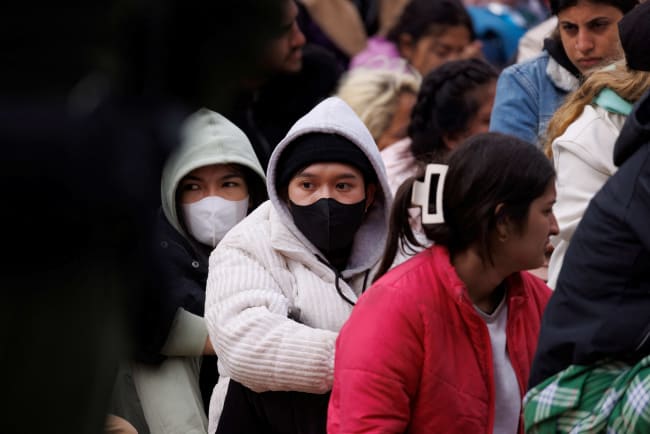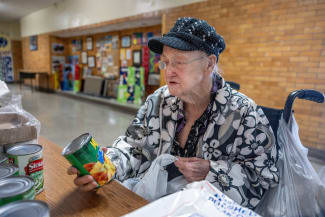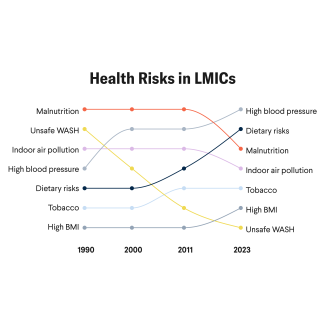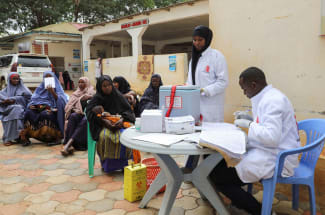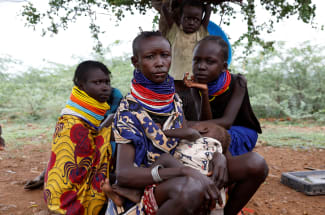MQ—who asked to be identified by initials because of personal safety concerns—was 18 when she started third grade.
Growing up under Taliban rule in rural Behsud, Afghanistan, she was barred from a formal education for most of her childhood. After the Taliban occupation ended in 2001 and girls were allowed into schools, MQ was determined to get an education and become a nurse even though she was much older than her classmates.
"My parents told me 'you are too old for going to school. It's nonsense. Now it's time for you to get married.' But I loved education so much that I insisted," she said.
MQ did just that. She finished high school and went to college to become a delivery nurse, all while spending her free time knitting handmade carpets to help support her family. Soon after she graduated, however, violence began to rise, forcing her and her family to flee to Turkey in 2016, where they stayed for eight years, unable to work without work permits.
MQ moved to the United States last year through the U.S. Refugee Admissions Program (USRAP). Now that she is settled, MQ dreams of returning to her work as a delivery nurse in the United States. Yet others are indefinitely suspended from following in her footsteps.
The U.S. health-care workforce—where 1 in 6 hospital employees identify as immigrants–is in jeopardy
The Trump administration suspended USRAP by executive order on January 20, putting the resettlement dreams of many immigrants on pause. Launched in the 1980s to create a legal pathway to the United States for those facing persecution in their home country, USRAP has provided new homes for more than 3 million people.
With USRAP and other immigration programs in limbo, many individuals face uncertain futures, but employers do as well. The U.S. health-care workforce—where 1 in 6 hospital employees identify as immigrants—is in jeopardy. Historically, hundreds of thousands have been refugees.
Immigrant Health Workers and Employee Shortages
More than 1 million noncitizen immigrants work in the U.S. health-care system in varying capacities, such as doctors, nurses, and home health aides, according to a JAMA analysis published in April.
The analysis estimates that roughly 1 in 25 hospital and outpatient workers, nearly 1 in 14 nursing home workers, and 1 in every 10 home-care and nonformal workers are noncitizens.
Many hospital workers are naturalized citizens as well. A KFF analysis published in June found that 27% of U.S. physicians are immigrants, as are 16% of registered nurses, the same analysis showed. In 2020, the Migration Policy Institute estimated that 314,000 U.S. health-care workers were refugees.
"Immigrants who are interested in working in these fields are very much needed in lots of places, such as underserved communities [and] rural communities," said Sean Kirkpatrick, executive director of the Diversity in Health Training Institute, which assists immigrants and refugees in health careers.
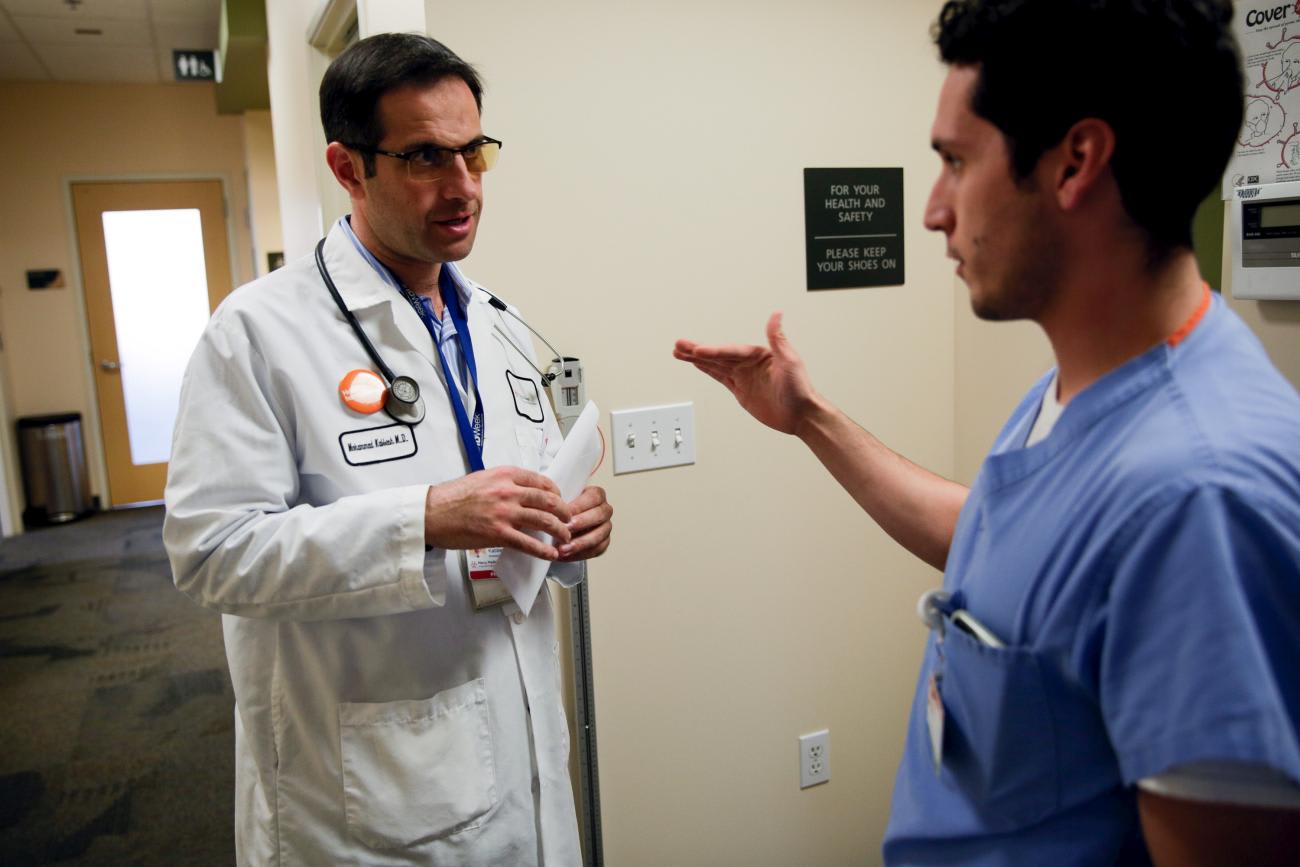
Amid the ongoing health-care shortages, the JAMA analysis warns that new immigration policies, especially proposed deportations, could further shrink the U.S. health-care workforce.
"The resulting shortages could reverberate through emergency departments and hospitals, leading to the inability to discharge patients and tying up nurses and other staff," the authors write.
The study also specifically mentions the more than 160,000 health-care workers in the United States who are from countries that qualify for Temporary Protected Status (TPS).
As it did with USRAP, the executive branch has challenged TPS, which provides short-term living and working permissions for those from specific countries. Over recent months, the secretary of the Department of Homeland Security rescinded previous extensions of this status to people from Afghanistan, Venezuela, and Haiti in pursuit of "restored integrity to our immigration system."
According to the January executive order, USRAP will remain suspended until the president determines that "resumption of the USRAP is in the interests of the United States," although lawsuits against the order continue to move through the court system. In May, the U.S. District Court for the Western District of Washington issued a framework to allow some refugees under USRAP to enter the United States if their travel plans had been arranged prior to President Donald Trump's second inauguration.
Elgiva Wood, resettlement manager at the International Rescue Committee in San Jose, California, which provides humanitarian aid and resettlement resources to refugees, says that her organization has assisted many clients who have entered health-care fields. She adds that the economic returns of refugee work are typically larger than the assistance needed for resettlement.
"We do provide supportive services to people to get up and running in the United States, but that assistance is very small in comparison to the contribution that refugees make." Wood said. "It makes sense to help people on a humanitarian basis, but I would also emphasize that these are people . . . who provide a benefit to U.S. society."
MQ, now settled in the United States with three small children, is hoping to keep her family safe and also join the U.S. health-care workforce, even if it requires additional schooling.
" I always wanted to work, to have a job," she said. "My dream is to work in a hospital again."
When MQ remembers her training in Afghanistan, she recalls patients telling her that they felt comforted by her care. This sentiment motivates her to continue to pursue further education to become a delivery nurse again, this time in the United States.
As she charts this long-awaited career path, MQ recognizes other women she met in Turkey and Afghanistan may not have the same opportunities for independence.
Speaking of women she met in Turkey and Afghanistan, she said, "They want to work. They would love to have a job."
